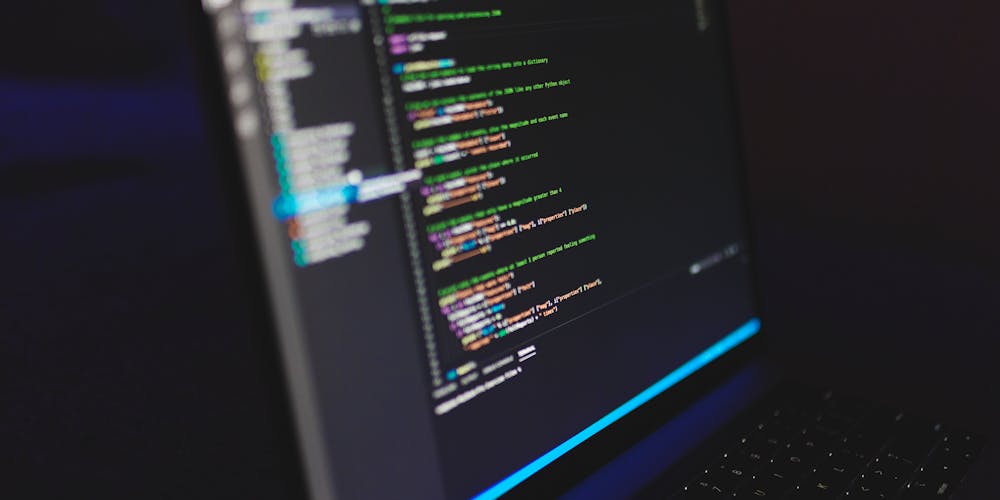The cybersecurity landscape is in a constant state of flux as digital threats evolve with increasing sophistication. A recent analysis by Ontinue’s Advanced Threat Operations (ATO) has shed light on a worrying trend: ransomware attackers are now honing in on particular industries, with the IT and construction sectors at the forefront of these targeted attacks. This shift in focus signals a tactical adjustment by cybercriminals, who are seemingly identifying and exploiting the vulnerabilities inherent in these fields. The IT industry’s broad reach and the construction sector’s critical reliance on project timelines make them especially attractive to ransomware groups seeking leverage. By interrupting operations, attackers can create a heightened sense of urgency for their demands, prompting swift action and, potentially, payment. This specialized targeting by cyber adversaries underscores the need for heightened vigilance and tailored cybersecurity measures within these sectors to defend against these insidious threats.
The Alarming State of Ransomware Incidents
IT and Construction – Prime Targets
The IT sector, with its sprawling digital infrastructure, has become a goldmine for ransomware attackers. These organizations manage a wealth of data and operate critical services, thus providing an attractive payoff for cybercriminals upon successful encryption of sensitive information. Hackers are lured by the possibility of crippling essential software and hardware that supports countless other industries, thereby increasing the likelihood of yielding substantial ransoms.
Construction companies, though not traditionally known for extensive digital operations, have also fallen prey to ransomware attacks due to their increasing reliance on technology for project management and design software. This sector’s rush to digitalize has often outpaced the implementation of robust cybersecurity measures, leaving it exposed. Its vast networks, holding copious amounts of confidential project data, pose as lucrative targets where disruption can cause significant delays, safety issues, and financial losses.
LockBit and 8Base: Leading the Charge
LockBit ransomware group’s tactics have been especially effective in instilling fear and urgency in their victims. By threatening to release sensitive data publicly, they coerce companies into meeting their demands expeditiously. The method not only ensures the group’s financial gain but also damages the reputation of the victimized company, effectively tarnishing its public image and trustworthiness in one fell swoop.
On the other end of the spectrum, the 8Base ransomware group has carved a niche for itself by exploiting small and medium-sized businesses. With potentially less sophisticated security systems in place, these smaller entities are easier targets for the group, which adopts a more ‘hit and run’ strategy. They capitalize on the minimal defenses and quick payoffs of smaller ransoms, acting as a constant reminder that size doesn’t determine threat levels when it comes to cybersecurity.
The Rising Cybersecurity Threat Landscape
Quishing: QR Codes as a Gateway
The novel cybersecurity threat identified as “Quishing” combines the ubiquity of QR codes with phishing strategies to form an attack vector that can bypass conventional security measures. As QR codes become commonplace for everything from menus to payments, their use as a tool for cyber deception grows. Malicious QR codes can redirect victims to fraudulent websites designed to steal personal information or inject malware, exploiting users’ inherent trust in the seemingly harmless technology.
This technique’s effectiveness is amplified by its convenience; a quick scan with a mobile device can inadvertently lead to compromising sensitive information. The very characteristics that make QR codes so popular among legitimate businesses—their accessibility and ease of use—are what make them appealing to cybercriminals.
Escalating Sophistication of Ransomware
Ransomware attackers are escalating their threats by employing double-extortion techniques. Now, they steal sensitive data before encrypting it, thus placing victims under pressure to pay for both decryption and nondisclosure. The expanding Internet of Things (IoT) landscape further complicates cybersecurity, as an increasing array of internet-connected devices, often with substandard security, offers new gateways for cybercriminals.
Looking forward, the cybersecurity community anticipates more sophisticated cyber threats, including the manipulation of AI and persistent IoT vulnerabilities. Furthermore, the growth of hacktivism and the outsourcing of hacking skills pose additional risks. To combat these evolving threats, experts urge a preemptive and dynamic approach to cybersecurity. Stakeholders across various sectors are encouraged to fortify their defenses and remain vigilant to protect against the continually changing array of cyber threats.

